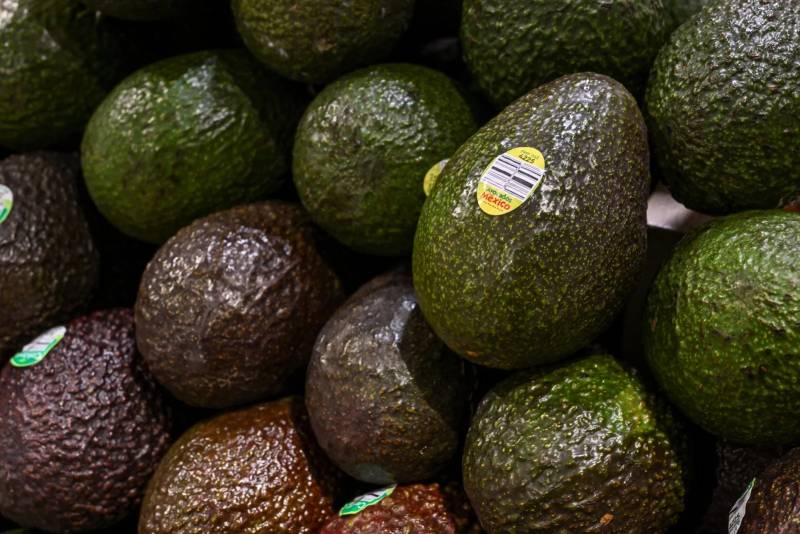He gives the example of entertainment venues learning from secondary ticket sellers on platforms such as StubHub. Professional teams focused mainly on filling seats, not on how much people were willing to pay. In contrast, StubHub sellers set their own prices, essentially running many price experiments. This revealed that people were sometimes willing to pay much more than was previously thought for prime seats.
When suppliers learn that people will pay more, those price adjustments could get locked in even if tariffs go away, Dolan says.
There’s another factor, according to Carola Binder, an associate professor at the University of Texas School of Civic Leadership. It’s the cost of changing the prices on consumer goods.
Take the example of a restaurant that needs to raise the price of guacamole. The restaurant owner will need to print a new menu to reflect the higher input cost of avocados. “If they think the prices of avocados are going to continue rising, then they’re going to set prices now,” she says. “And that’s because of that price stickiness, because they know that they are not going to instantly print a new menu every hour as input prices are changing.”
Much is likely to depend on how long the tariffs remain in place, according to Philip Braun, a clinical professor of at Northwestern’s Kellogg School of Management. The tariffs, he says, are “definitely going to disrupt everything, even if they’re reduced to zero within a few months.” That’s because anger at the U.S. and uncertainty over the White House’s next move will cause companies located abroad to “start searching for alternative supply chains outside of the U.S. And if they find them, they’re going to focus on those over the U.S.”
Still, consumers have time before prices rise
Even so, Joseph Gagnon, a senior fellow at the Peterson Institute for International Economics, cautions that “shifting your supply chain is such a costly and long-lasting decision that it’s unlikely to happen soon.”
To be sure, Gagnon is more optimistic about the ability of some manufacturers, such as automakers, to absorb some of the price increases due to tariffs that would otherwise be passed onto consumers. “They have profit margins that can absorb some of it,” he says. “They can shift their production so that they have factories in the U.S. and in Japan, and they can run more shifts in the U.S. and less in Japan.”
The White House’s conflicting messages — about the timing of the tariffs, their percentage and possible exemptions — are likely to make business owners hesitant to make changes, Triest says.
“I’m sure a lot of decisions are being put on hold right now until business people see where this all settles out,” he says. “So it’s likely that a lot of the price increases will also be delayed until businesses figure out how much the costs really will have increased.”

